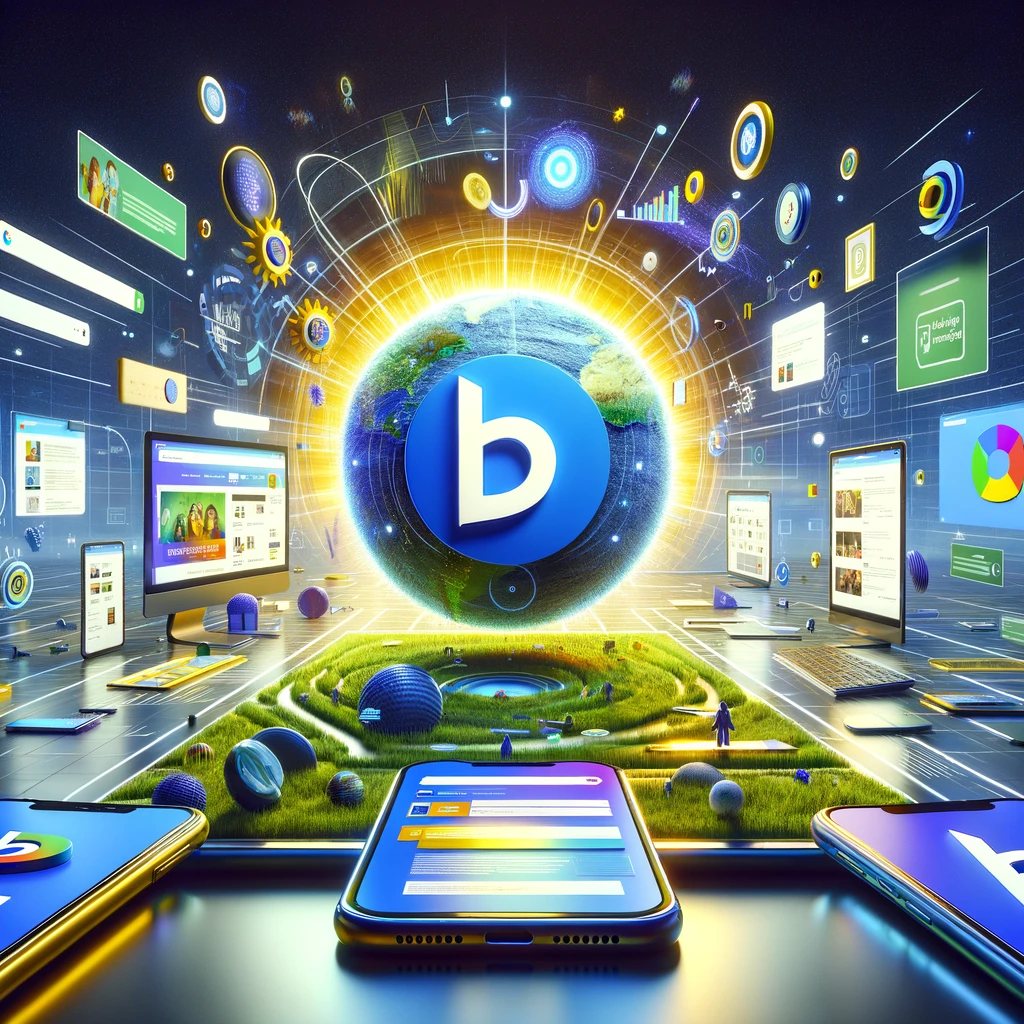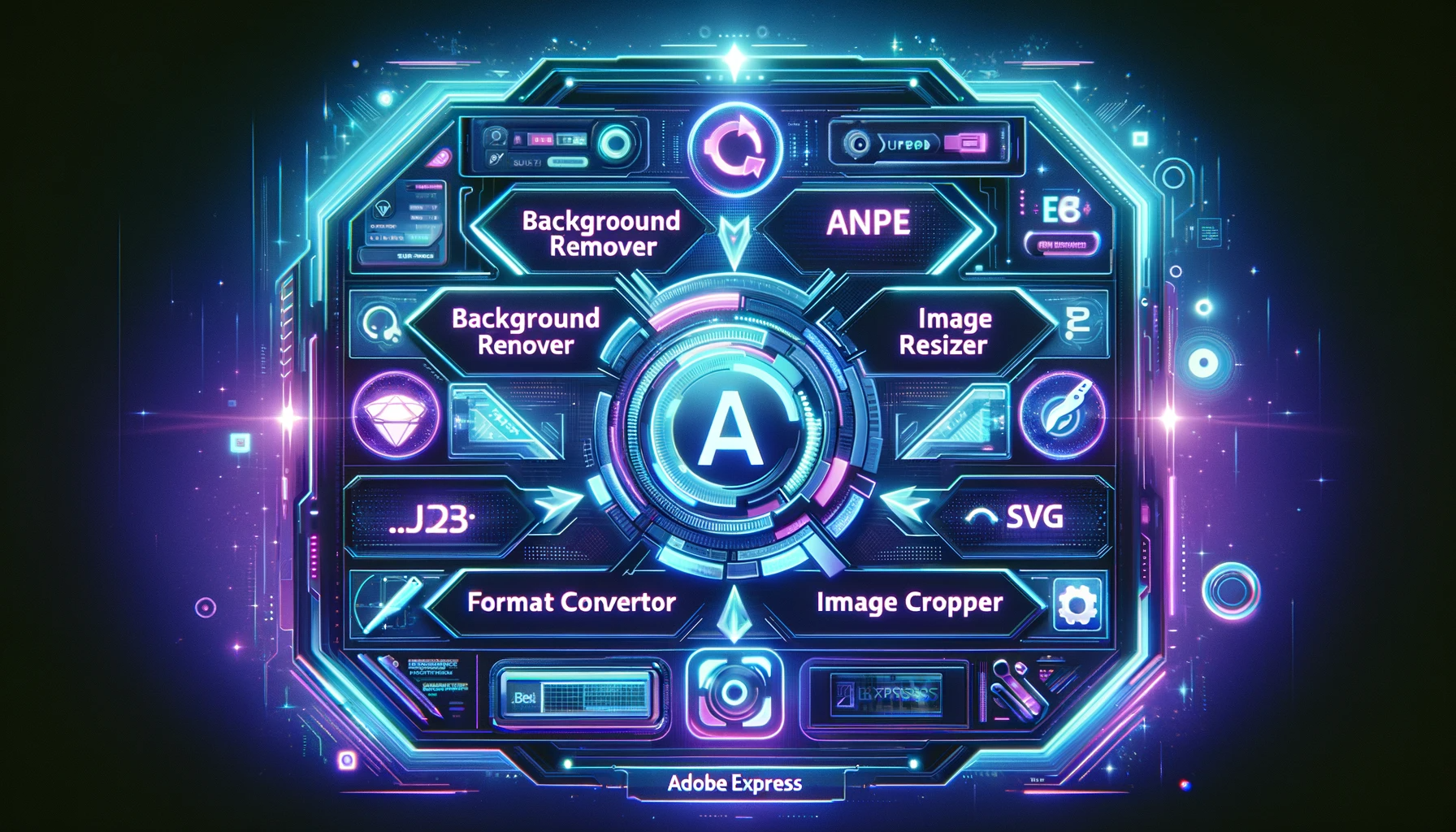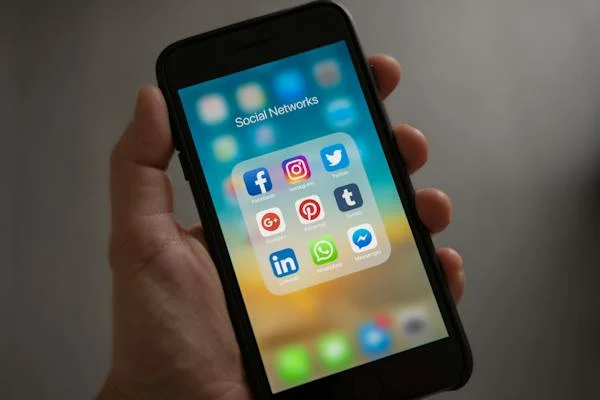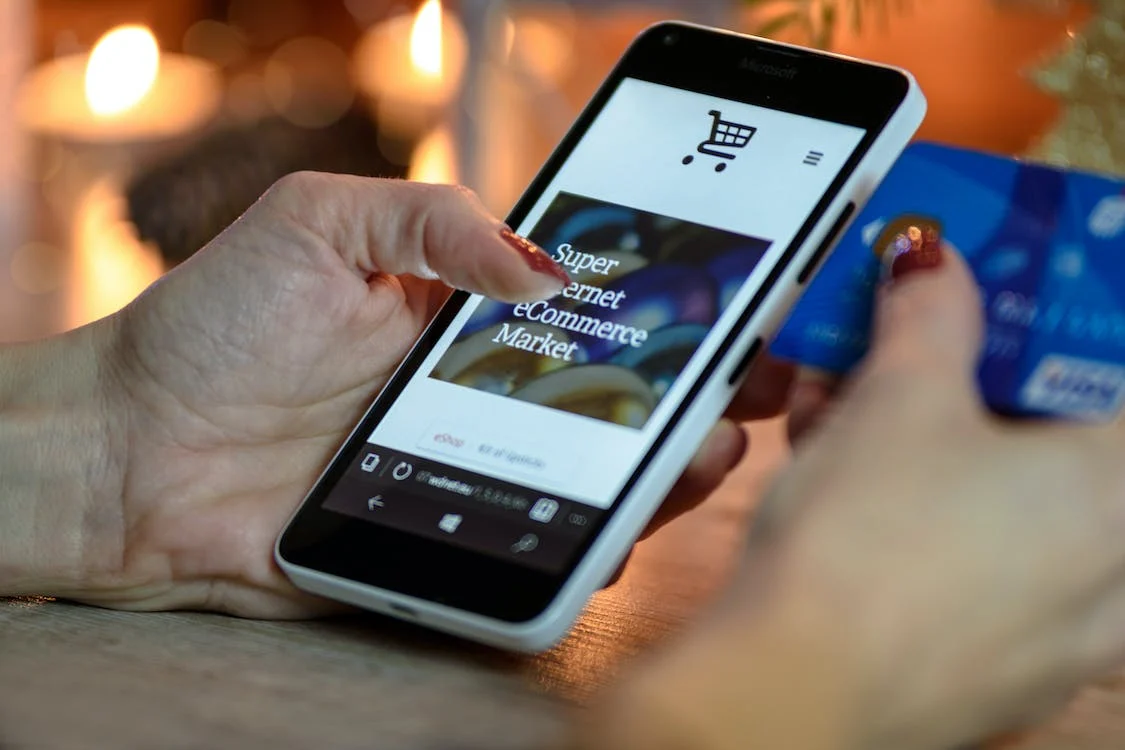Internal linking has created somewhat of a paradox in the SEO universe, being equally simple as it is complex, the importance cannot be overstated. In order to grasp the difficulty most have with internal linking we must understand that internal links take users from one page on a domain to a different page on the same domain, which sound simple enough. However, internal links are most useful for establishing site architecture, ease of navigation and could number into hundreds of thousands, which is where it gets complex. Nonetheless, internal linking is a must for search engine optimization.
As we further explore the uses and benefits of internal linking to SEO this article will over one are in particular, namely content marketing. This way we can relate to those who are very experienced with SEO and those who are not. Content marketing is probably the quickest introduction we can give to such a deep topic, so strap in and enjoy the ride.
Let’s Interlink
There are several reasons for Internal Linking such as;
- Completes and outlines the structure or architecture of a website.
- Spreads the page guidelines and ranking power to various sections of the website.
- Ease and efficient use of website giving users a means of quick exploration.
- Empowers users with site navigation.
In an internal link the source domain and the target domain are the same. In theory the success of internal linking was near impossible to predict and today given the importance companies like Google put on a powerful internal network of linking we must give credit where credit is due.
Internal Linking at its Core
The core concept behind internal linking is to maximize search input values of any website. In other words, internal linking opens channels to the explore a site, keeping users engaged for longer, providing paths for spiders all while bonding blog posts with a network of pages. This is all good but there are some fundamental rules to follow if internal linking is to be utilized to its full potential.
Make useful links
No sense in creating elaborate internal links if no one wants to use them. Make sure users know your intentions, link relevant content and avoid nonsensical over linking. Try not to link information about nightly events to a social commentary on local government elections. One useful tip is to give readers options and provide a lobby or segue way before thrusting them into a different topic.
Interrelate your links
Engaging users is not just about creating useful content, at times internal links can lead persons from one area to the next prolonging their experience without seeming that way. One strategy used in the past is to nofollow a majority of the page links. This has long been forgotten for over a decade now, where nofollow was the link “should not influence the link target’s ranking in the search index” or as it was aptly called rel=nofollow. According to Wikipedia such links would “reduce the effectiveness of certain types of internet advertising because their search algorithm depends heavily on the number of links to a website.”
There was some confusion as to whether nofollow links were useful or not and despite clear indication that nofollow links help to restrict search engines from believing they are a selling influence, nofollow links are to be avoided. Use follow links because internal links need freedom to flow rather than to be halted by a series of nofollow links, so keep things moving.
Use Natural Links
Internal linking is as much a part of human psyche as it is computer interface. When platforms talk about “user friendly” they are referring to the ease in which humans assimilate the vast amount of information coming at them. The same goes for navigating a website through SEO, the internal links provide a user-focused approach and must add value to the experience. Ultimately you want to improve the use of the site using links but you do not want them to be too obvious.
As humans we appreciate access to information so using naturally placed links will not be difficult, once the precedence is set. Linked content relates to the search engine via the target location making the information relevant and important. Visitors can then experience a site in layers, with the potential to stop a reader mid-sentence to view a linked page. Content linking is a powerful tool and sends a signal to your search engine that the content you’re linking is also good. Readers appreciate this. Internal linking therefore helps the both the reader and your SEO.
Give your links Depth
On the surface there are several links that viewers have come to expect such as; about us, contact, homepage etc. However, when using internal links these should be avoided, stick to linking content based information. The more natural the content feels the more fluid the page becomes. Create deep links that take users into parts of the site you want highlighted.
Home page and Contact Us links are best kept as top level for main navigation. So while menu links will be obvious and easily seen, clever naturally occurring internal links will provide depth and added value to your site.
Keep your links well grounded
Using anchor text to keep your links grounded is just the right way to go about doing things. Using images or icons to provide internal links can throw readers off the linked topic and while we don’t outlaw the use of image or icon links it is best to remember if they are not properly tagged you have completely missed your mark.
Although optimized anchored text can create issues, we recommend using unoptimized parts of sentences as your anchored text that was readers progress naturally. No gimmicks or tricks, just play it simple and achieve the desired effect.
Give the people what they want
It makes no sense having the best or most impressive naturally occurring links that take readers nowhere. Create lots of content for people to enjoy; in order to have internal links they must link to something. One of the most important steps to having the best internal linking strategy is to have the best content marketing strategy. These things are intertwined so once you have lots of content you will be able to utilize your linking skills.
Maintaining the flow of your site while keeping persons engaged can be tricky, and while people have come up with a science of how many links to pages and the ratio configurations that will guarantee success we rely on generating use content that makes people ponder and smile.
Keep the number of internal links within a reasonable number
There is no easier way to say this, internal links can become overbearing if taken out of control. So keep it simple and to the point, you do not need millions of links to seem important. Outside of sounding like an after school special, there is no predetermined number or ratio, but it is heavily dependent on the number of pages your site has and the depth your content can go without becoming boring.
One way to determine your link usage is to see how others have do it, some use 3 or 4 links per post others may go up to 10. See how many links you are willing to use per post then relate that to your topics. Some topics will require a lot more depth, whilst others not so much, it all comes down to the user and how well you can influence them.
One lesson we can learn from is in the Real Estate and Travel Industry where internal links were just about abused using their most prized keyword rich internal links near the footer. This lead to more than 50 links near their footer and the problem was this linked to thousands of websites. Imagine these thousands of sites then multiplying to tens of thousands, fortunately this practice was quickly shut down and many of these sites were hit with an algorithmic penalty.
Synapse
We need internal linking and we need it done right, not overdone, over complicated or over bearing… just enough for the users to feel engaged and wanting more. As you explore your internal links you will notice an increase in your SEO presence, so remain consistent. From time to time retrace your steps and invite commentary to keep you on your toes. Internal linking is a powerful tool so use it wisely.








